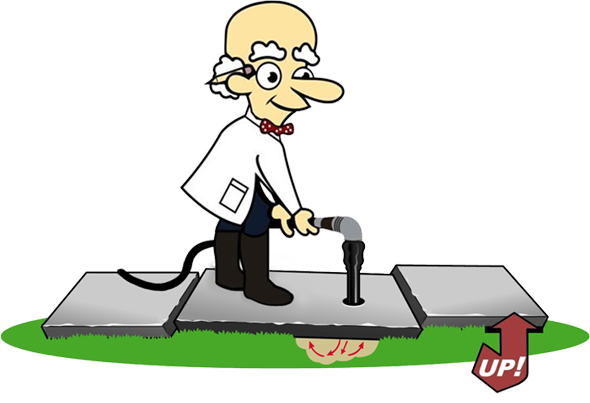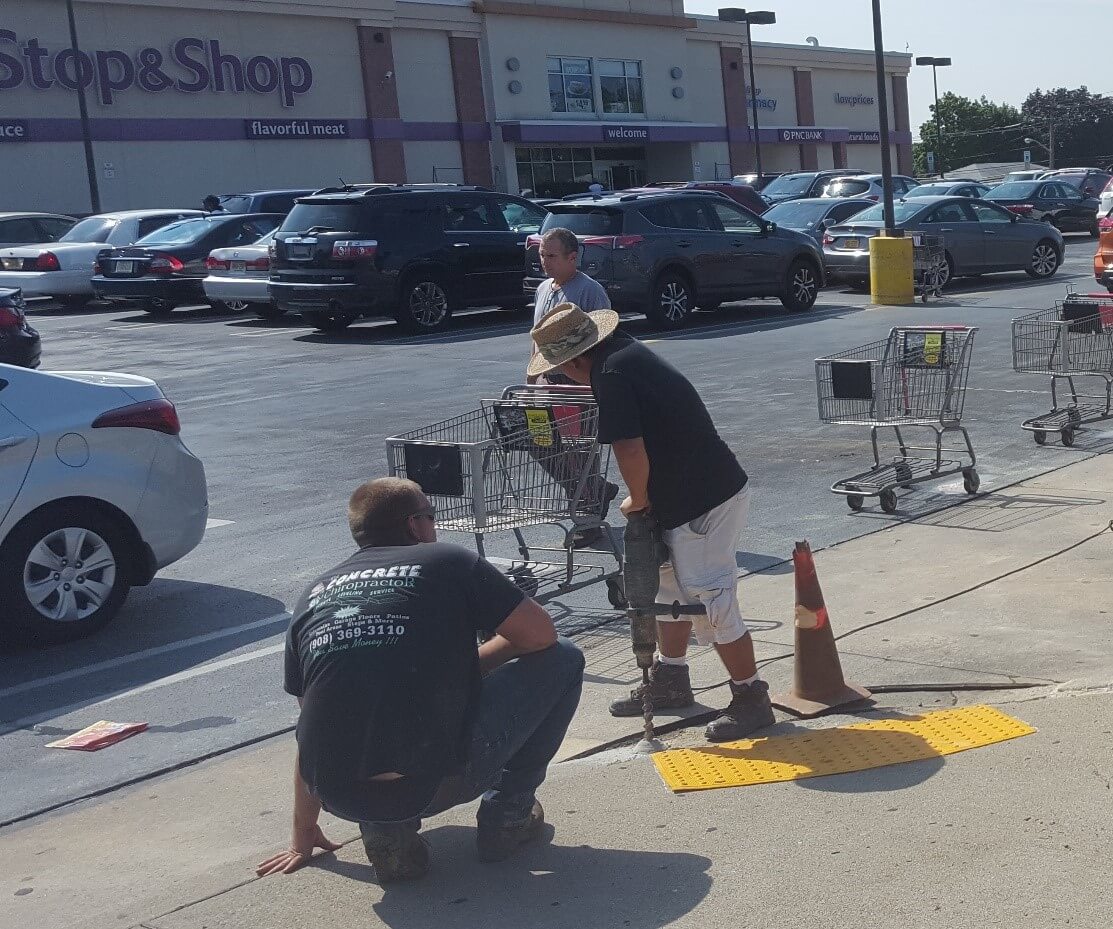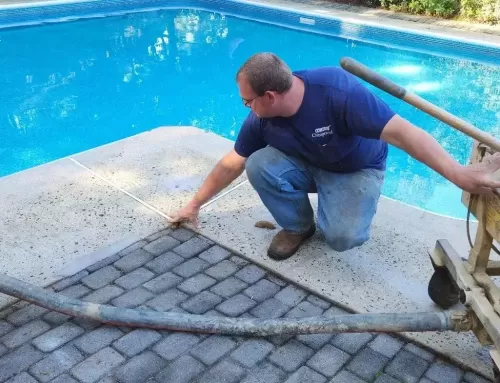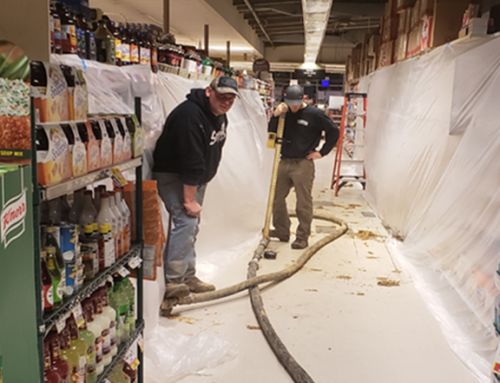IN THIS ARTICLE
Find Out How Long Mudjacking Takes to Dry and When You Can Safely Use the Surface
If your concrete driveway, sidewalk, patio, or garage floor is uneven or sinking, mudjacking is one of the most common and affordable repair options. It involves lifting the sunken concrete back into place by pumping a slurry mixture underneath.
But a lot of homeowners ask, How long does mudjacking take to dry?
Can you walk on it the same day?
What about driving a car over it?
Quick Answer:
Mudjacking typically takes 4 to 6 hours to set enough for foot traffic, and 24 to 48 hours before it’s safe for vehicles. Homeowners can return to normal use within a day or two, depending on weather and soil conditions.
In this guide, we’ll walk you through everything you need to know about mudjacking drying and curing time, including what affects the timing and what to expect.
What Is Mudjacking?
Mudjacking, also known as slab jacking or concrete lifting, is a method used to fix sunken concrete. Over time, soil underneath a concrete slab can settle or wash away, which causes the slab to sink or become uneven.
To fix this, contractors drill small holes in the concrete surface and pump a slurry mixture underneath.
This mixture is usually made from water, soil, sand, and Portland cement or limestone. As the slurry fills the gaps below, it raises the concrete back to its original level.
Mudjacking is different from polyurethane foam injection (also known as foam jacking). Mudjacking uses heavier, natural materials, while foam jacking uses synthetic foam that expands.
How the Mudjacking Drying and Curing Process Works
There are three stages to think about when it comes to drying:
1. Initial Set (4 to 6 hours)
After the slurry is pumped in and the slab is leveled, the material begins to firm up quickly. In most cases, the surface is safe for light foot traffic in about 4 to 6 hours. This is called the initial set. It’s not fully dry yet, but it’s stable.
2. Surface Ready (24 to 48 hours)
For heavier loads like vehicles, the mudjacking mixture needs more time. You can usually drive over the area after 1 to 2 days. However, some contractors may recommend waiting up to 72 hours, depending on the conditions.
3. Full Cure
Although the slab may look solid and is usually safe for use within a couple of days, the material underneath continues to firm up over time. You don’t need to wait for full curing to use the area—you can walk or drive on it within 24 to 48 hours, depending on conditions.
Factors That Affect Drying Time
1. Mixture Composition
Not all contractors use the same mudjacking mixture. Some use more cement or limestone, which sets faster. Others use more soil or sand, which might dry more slowly.
If fast setting is important, ask your contractor what type of mix they use. Some mixes include additives that help speed up the drying process.
2. Weather Conditions
Weather is one of the biggest factors. Here’s how different conditions can affect drying:
- Hot and dry weather: Speeds up drying time
- Cold or damp weather: Slows down setting and curing
- Freezing temperatures: Can delay or damage the process if work is done too soon
If it rains heavily right after the job is done, it could affect how quickly the slurry firms up. Most contractors monitor the forecast and avoid working right before storms.
3. Size and Thickness of the Slab
Larger or thicker slabs usually take longer to stabilize. The more material needed to lift the slab, the longer the mixture will take to fully cure.
A small sidewalk might be ready for traffic in less than a day. A wide driveway or garage floor could take longer.
4. Type of Soil Below
The kind of soil under the concrete also plays a role. Clay soils hold moisture longer, which may extend drying time. Sandy soils drain faster and allow quicker setting.
If the ground beneath is very soft or unstable, it might take more time for the mixture to firm up properly.
5. Amount of Lift Needed
If the slab needed to be raised a lot, more material was likely used. More slurry means more moisture to dry out, which may increase drying time.
Is Mudjacking a Permanent Fix?
Mudjacking is not a temporary fix. When done properly, it can last 8 to 15 years or even longer. We have jobs still holding up after 25 years.
That said, the longevity of the repair depends on what’s happening deep below the surface. If the soil several feet down continues to shift or erode, it can still cause the slab to move again.
The grout doesn’t burrow that far down—it’s designed to support the slab, not stop deep ground movement. That’s why good drainage, solid gutters, and stable soil are essential to help prevent future settling.
Final Thoughts
So, how long does mudjacking take to dry? In most cases:
- Foot traffic is okay after a few hours
- Vehicle traffic can resume in 1 to 2 days
While the wait might feel long, especially if it’s your main driveway or garage, it’s a small price for fixing uneven concrete safely and affordably.
If you’re located in New Jersey or Eastern PA, reach out to Concrete Chiropractor® for a free evaluation. Our team has years of experience helping homeowners level concrete the right way.
Common Questions
What if it rains the same day?
A light rain won’t usually affect the result because the slurry is underneath the concrete. But heavy rain could delay drying and may wash away uncured material around the drill holes. Most contractors seal these holes with cement plugs.
How do I know if it’s dry?
You can’t really “see” when it’s fully cured. But if the surface is firm, doesn’t move under pressure, and your contractor says it’s safe, then it likely has set properly. Full cure still takes longer, even if it feels dry.
Should I seal the concrete afterward?
Yes, sealing your concrete 1-2 weeks after mudjacking can help protect it from water penetration and future damage.
Can I do mudjacking in winter?
It’s not ideal. Cold temperatures can delay drying and risk freezing the slurry. Most contractors avoid mudjacking in freezing conditions.
- How We Raised a Sunken Concrete Walkway in Sewell, NJ - November 20, 2025
- Carbon Fiber Foundation Repair: All You Need to Know - November 20, 2025
- 5 Common Causes of Concrete Porch Collapse (and How to Prevent It) - November 20, 2025






